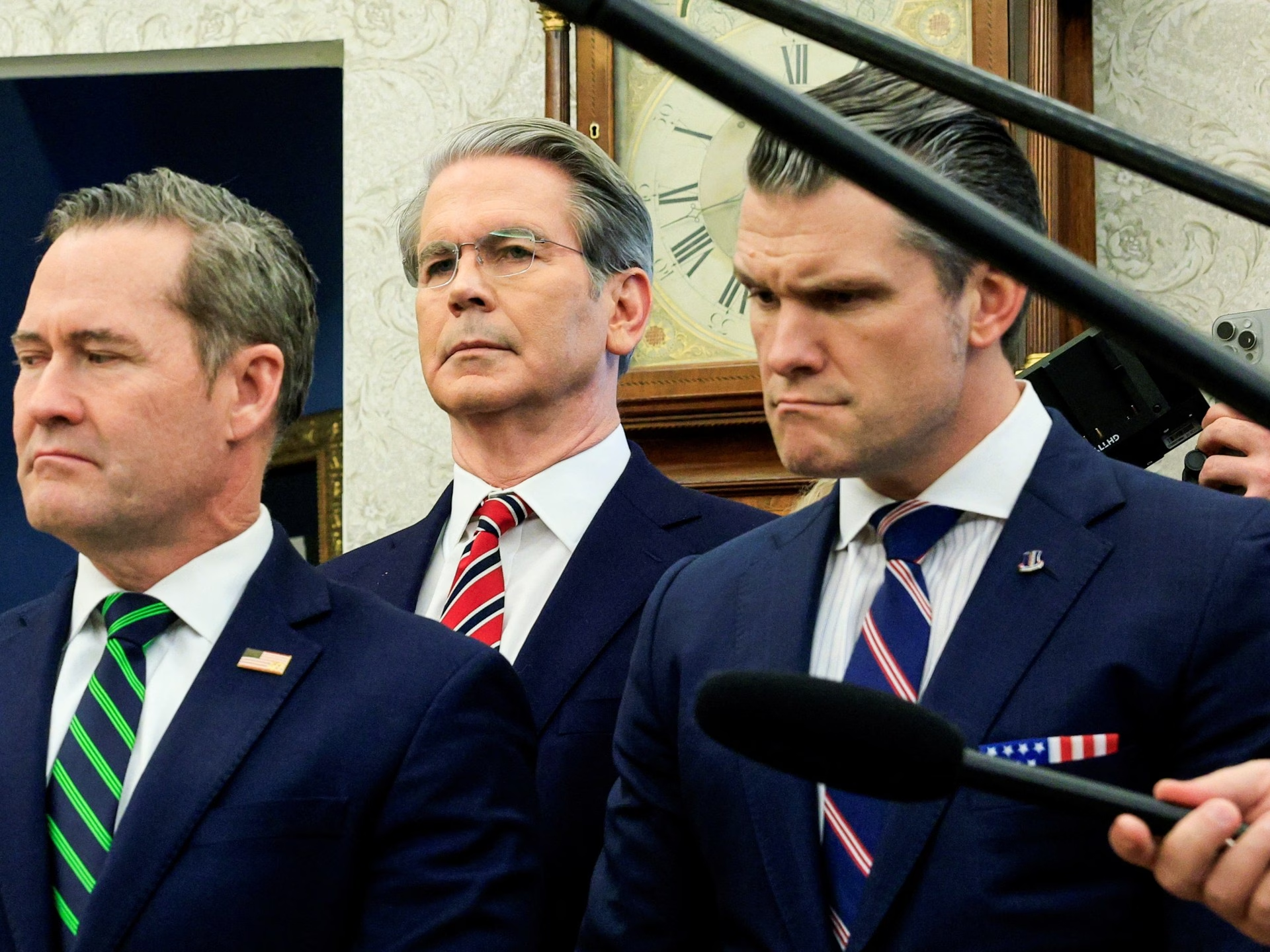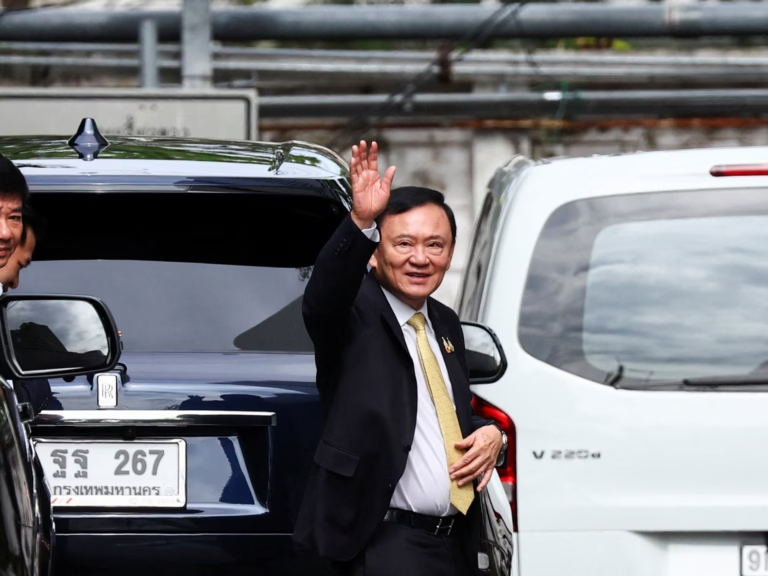The Atlantic’s editor-in-chief Jeffrey Goldberg revealed in a Monday article that Trump administration officials showed him critical military details about US airstrikes on Yemen’s Houthi rebel targets on March 15, just hours before the strikes. Goldberg, a seasoned journalist, was inadvertently added to a texting group where US government officials planned the strike. This has prompted allegations of a significant security breach by critics of the Trump administration. Here is what happened:
Goldberg learned of the upcoming strikes through a text from Defense Secretary Pete Hegseth, which he received at 11:44 AM (15:44 GMT), two hours before the strikes began. Initially, Goldberg suspected that Michael Waltz, the US national security adviser, who had texted him on March 11, might not be who he claimed to be, due to the strained relationship between Trump’s administration and the media. However, he accepted the request and was subsequently added to a group chat called “Houthi PC small group” on Signal, an encrypted messaging service. Goldberg assumed this group, which included messages from key administration figures, was set up for coordination on Houthi issues.
The group included officials like Secretary of State Marco “Antonio” Rubio, Vice President JD Vance, Director of National Intelligence Tulsi Gabbard, Treasury Secretary Scott Bessent, Defense Secretary Pete Hegseth, Central Intelligence Agency (CIA) Director John Ratcliffe, and Homeland Security Advisor Stephen Miller, among others. The chats revealed discussions on military operations, with a member identified as VP (assumed to be Vance) expressing concerns about the operation’s consistency with Europe’s interests. The group also showed disagreements on the approach towards Yemen and discussions concerning trade figures and European naval capabilities.
On March 15 at 11:44 AM (8:44 GMT), Hegseth posted a “TEAM UPDATE” containing operational details of the strikes, including targets, weapons, and the sequence of events. Goldberg chose not to disclose these details to avoid harm to US military and intelligence personnel. The strikes, which took place as scheduled, resulted in at least 53 deaths, including children.
Goldberg exited the group chat and reached out to Waltz and other officials with questions about the legitimacy of the group and their awareness of his inclusion. He received a response from Vance’s spokesperson affirming Vance’s support for the administration’s foreign policy. The National Security Council responded that the message chain appeared authentic and that they were investigating how Goldberg was added to the chat. They asserted that there were no threats to troops or national security.
Hegseth and US State Department spokesperson Tammy Bruce declined to comment further. Trump, questioned about the leak at a White House event in Louisiana, expressed unfamiliarity with the situation. Democrats have called for an investigation into the breach, citing potential violations of the Espionage Act, which prohibits divulging information that could interfere with US armed forces operations.
Source: https://www.aljazeera.com/news/2025/3/25/yemen-war-plans-what-did-trump-aides-leak-to-the-atlantic-in-signal-chat?traffic_source=rss






